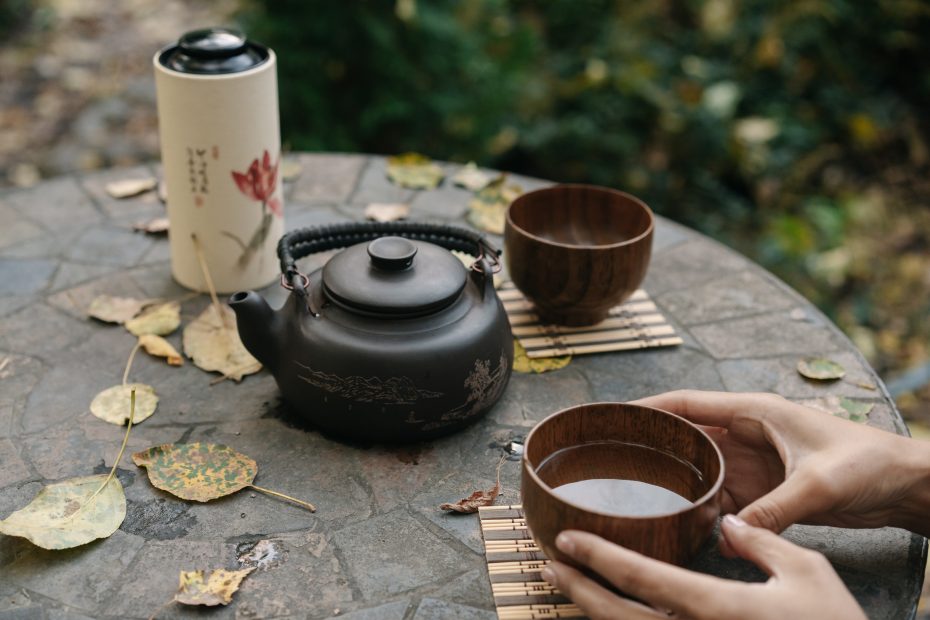Why Water Is Important For Tea?
There is an old saying in China “好水泡好茶” Hǎo shuǐ pào hǎo chá, in simple words “good water makes good tea.”
The Chinese have always paid great attention to the quality of water used to brew a good cup of tea as low quality water cannot enhance the aroma and sweetness of the brew.
The preferred water in China is spring water, which should be clear, lively, sweet and light. Since ancient times, especially since the Tang Dynasty (618 – 917 A.D.), many emperors, high-ranking officials and monks have always been in search of water from the purest springs, often from distant places, to brew the best cup of tea.
Water In Chinese Literature
Lu Yu And The Chajing
Water is a fundamental element in the preparation of tea, so much so that Lù Yǔ 陆羽, considered the God of tea, in his book茶经 Chájīng “The Tea Canon” (the first book written on tea ever) devotes a section to it where he says:
[…] As for water, that from mountain springs is the most suitable, river water is of average quality and well water the least suitable. […] Of the mountain waters, that which drips from stalactites and that which collects in pools among rocks, from which it gushes out slowly, should be chosen first. Water from waterfalls, springs and that which flows rapidly and drags debris should not be drunk: making long use of it may bring disease to the throat. There are also many river deaths among the mountain gorges: they are clear but still waters, and from the hottest days of summer until the frost falls, the poison of the dragons that hide there sometimes collects in them. Those who want to drink of this water can break the banks and let the noxious part of it flow out, until it gives rise to a new spring that comes out in spurts. Then they can drink it. Take water from rivers away from population centers, water from wells from frequently used wells.
Lu Yu also pauses to analyze the timing of boiling water, saying:
As for boiling, the one with bubbles like fish eyes and weak sound is considered the first boiling. The one in which bubbles, similar to pearls in a necklace, gather along the rim of the vessel as in a bubbling spring is considered the second boiling. The one resembling mounting billows and crashing waves is considered the third boiling. Past the third boiling, the water ages and can no longer be drunk. […]
The Jianchashuiji
The first monograph entirely devoted to water to be used for making tea is the 煎茶水记 Jiāncháshuǐjì or “Report on Water for Tea Cooking” (Report on Water for Tea Cooking) written during the Tang Dynasty (c. 825 AD) by 张又新 Zhāng Yòuxīn, a native tea taster and expert from Shenzhou. The content of the book, according to some scholars, suggests that it is a joint work between Lu Yu, Liu Bochu and Zhang Youxin.
Most Famous Water Springs In China
In China some of the most famous water springs are:
- Gulian Spring of Mount Lushan (Jiangxi Province)
- Baotu Spring in Jinan (Shandong province)
- Laoshan Mountain Mineral Spring (Shandong province)
- Huishan Spring (Mount Huishan) in Wuxi (Jiangsu province)
- Zhongling Spring in Zhenjiang (Jiangsu province)
- The third spring in Mount Huqiu (Jiangsu province)
- Yuye spring in Mount Emei (Sichuan province)
- Hupao spring in Hangzhou (Zhejiang province)
- Longjing spring in Hangzhou (Zhejiang province)
- Jinsha spring in Changxing (Zhejiang province)
